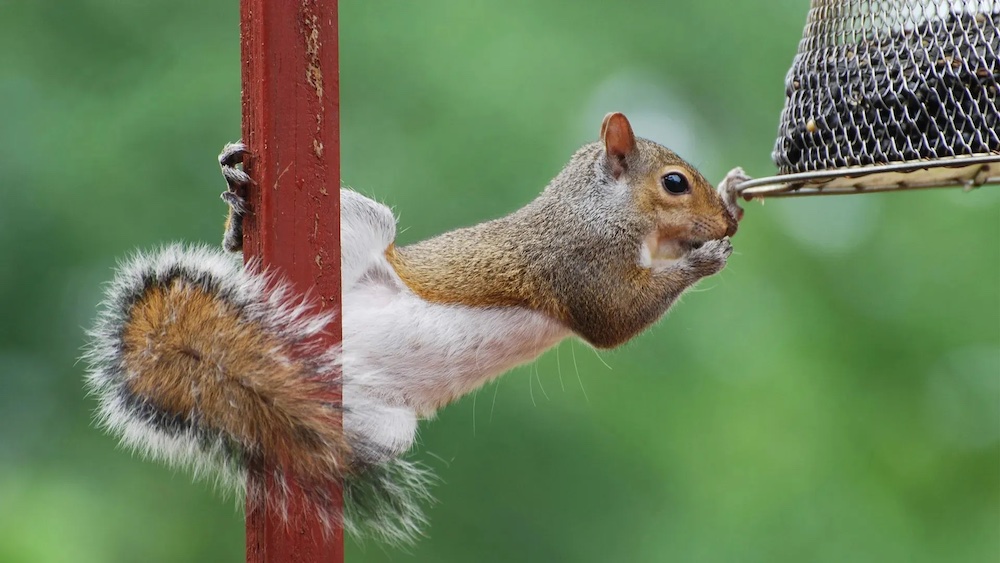I am blessed with a number of friends and a close family. I enjoy our conversations and gatherings. Over the years, I have relied on them for support and advice. I can’t imagine life without them. I am not alone in my view of the importance of friends and family; healthcare professionals know that friends and family are critical for physical and mental health.
Yet today 1 in 3 people report chronic loneliness. Many people also report feelings of social isolation. Loneliness and social isolation are viewed differently. Social isolation is an objective measure of the number of people someone interacts with on a regular basis, whereas loneliness is a subjective feeling reported by individuals. For example, someone may not be socially isolated, but still report feelings of loneliness. Social isolation depends on the individual. Some can have few friends and not feel socially isolated, while others may need a larger friend group.
In 2023, the US Surgeon General issued an advisory about the national problem of loneliness and isolation, describing it as an epidemic. Loneliness and isolation have been linked to both mental and physical health. There is some evidence to suggest that isolation is more predictive of physical health outcomes, whereas loneliness is more predictive of mental health outcomes.
Friendships protect us by improving the way we respond to stress. For example, blood pressure reactivity is lowered when talking to a friend.
The consequences of not having a supportive friend group can be serious. The absence of a close network of friends and family has been linked to anxiety and depression, dementia, infectious diseases, blood pressure, addiction, and hospitalization. Loneliness, social isolation, or living alone are risk factors for early mortality. Recently, the American Heart Association reported a direct association between social isolation and coronary heart disease and stroke mortality. Loneliness and isolation have also been linked to the onset of Type 2 diabetes and Parkinsons diseases.
People with no friends or poor-quality friendships are twice as likely to die prematurely, according to a meta-analysis of more than 308,000 people. The risk factor is greater than the risk of smoking 20 cigarettes per day.
The need for friends and socializing is so important that some European doctors have introduced “social prescribing.” Social prescribing is when doctors actually prescribe a group activity, regular visits, or regular telephone conversations to improve health.
Why are friends so important? Scientists have found that friends not only prevent loneliness and isolation, but they provide other mental health benefits including:
- Increased sense of belongingness
- Improved happiness and reduced stress
- Increased self-confidence
- Support in coping and putting problems in perspective
- Encouragement for healthy lifestyle habits
- Feelings of security
- Support for emotional issues
Friends are so important that professionals recommend that we continuously nourish friendships and make new ones. As we age, we may lose friends, and it is important to be open to building new relationships.
Our friends and family offer us joy, support, and better health. But we are important to our friends and family as well. Not only do friends and family improve our health, but we also improve their health.
In friendships, everybody wins.
Angela Rieck, a Caroline County native, received her PhD in Mathematical Psychology from the University of Maryland and worked as a scientist at Bell Labs, and other high-tech companies in New Jersey before retiring as a corporate executive. Angela and her dogs divide their time between St Michaels and Key West Florida. Her daughter lives and works in New York City.













